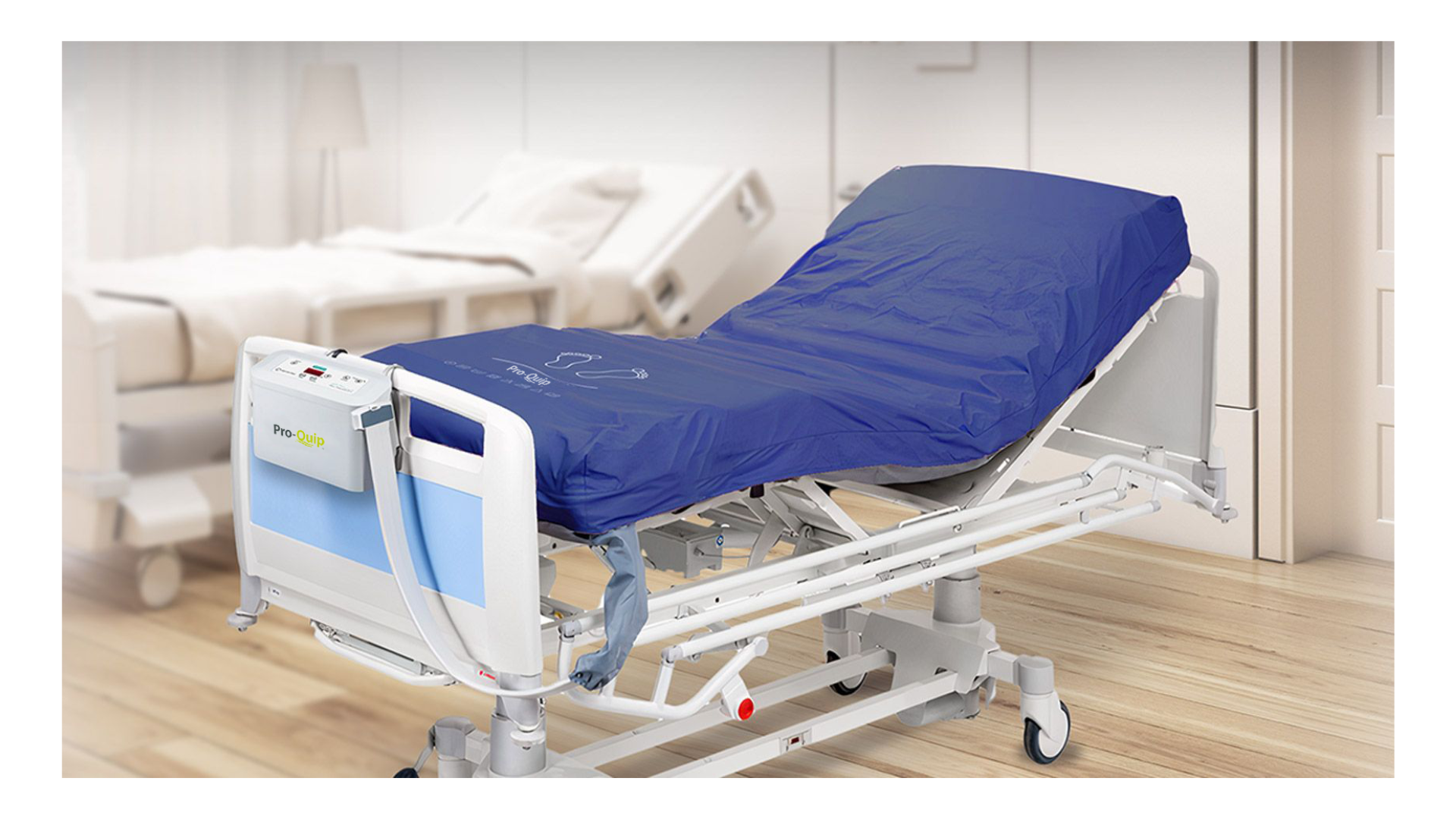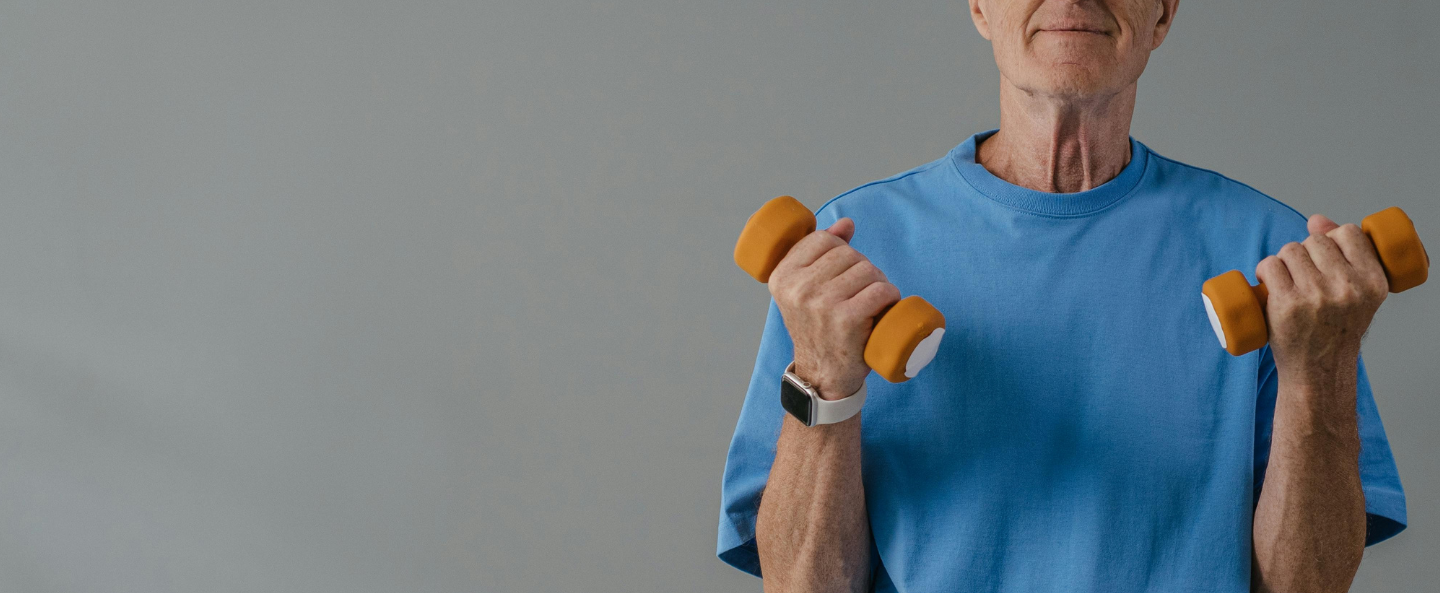Hoists play a crucial role in assisting residents with limited mobility, offering a safe and effective means of transferring individuals from one place to another. Understanding and utilising hoists appropriately can significantly enhance the quality of care provided.
The role of hoists in care homes:
Hoists are essential assistive devices designed to aid in lifting and transferring residents who have difficulty moving independently. They are particularly vital for residents who have limited mobility due to age, injury, or health conditions.
Types of hoists:
There are various types of hoists available, each designed to suit specific needs:
- Mobile hoists: These are versatile and can be moved from room to room, offering flexibility in transferring residents between different locations within the care home.
- Ceiling hoists: Installed on a track system attached to the ceiling, these hoists provide a smooth and efficient transfer process while maximizing space within the room.
- Stand aid hoists: Specifically designed to assist residents who have some weight-bearing ability but require support in standing or transferring to a seated position.
Key considerations for safe hoist usage
- Training and competency: Carers must undergo proper training in hoist operation, including understanding safety protocols, correct positioning of slings, and handling residents during transfers. Regular refresher courses should be provided to ensure competency.
- Assessment and planning: Conduct individual assessments for residents to determine the most appropriate type of hoist and sling required for their specific needs. Develop care plans that outline the safest and most comfortable transfer methods.
- Maintenance and inspection: Regularly inspect and maintain hoists to ensure they are in proper working condition. Promptly address any faults or malfunctions and follow manufacturer guidelines for maintenance.
Best practices for using hoists:
- Clear communication: Effective communication among carers during transfers is crucial for the safety of residents. Clear verbal communication and signals ensure a coordinated and smooth transfer process.
- Respect and dignity: Always prioritise the dignity and comfort of residents during hoisting. Maintain privacy and use appropriate slings to ensure residents feel secure and respected.
- Risk assessment: Continuously assess and minimize risks associated with hoisting procedures. Adapt techniques to accommodate changes in residents’ conditions and requirements.
Managerial responsibilities:
Care home managers play a pivotal role in ensuring the proper use of hoists:
- Investment in training: Allocate resources for comprehensive training programs for carers on hoist operation and safety protocols.
- Equipment maintenance: Ensure a structured maintenance schedule for hoists, adhering to regulatory standards and guidelines.
- Regular audits: Conduct audits to evaluate hoist usage, gather feedback from carers, and make necessary improvements to enhance efficiency and safety.
The effective use of hoists in care homes demands a combination of proper training, thoughtful planning, regular maintenance, and a commitment to preserving residents’ dignity and safety. By adhering to best practices and fostering a culture of safety, carers and managers can ensure that hoists are used efficiently and effectively in providing optimal care for residents with mobility challenges.
Fairfield Care offer a range of hoists and slings as part of their Pro-Quip brand, find out more and download our informative sling guide here. In addition, we provide comprehensive servicing and training for care home medical equipment to guarantee the safety of your staff and the delivery of exceptional care to your residents.


